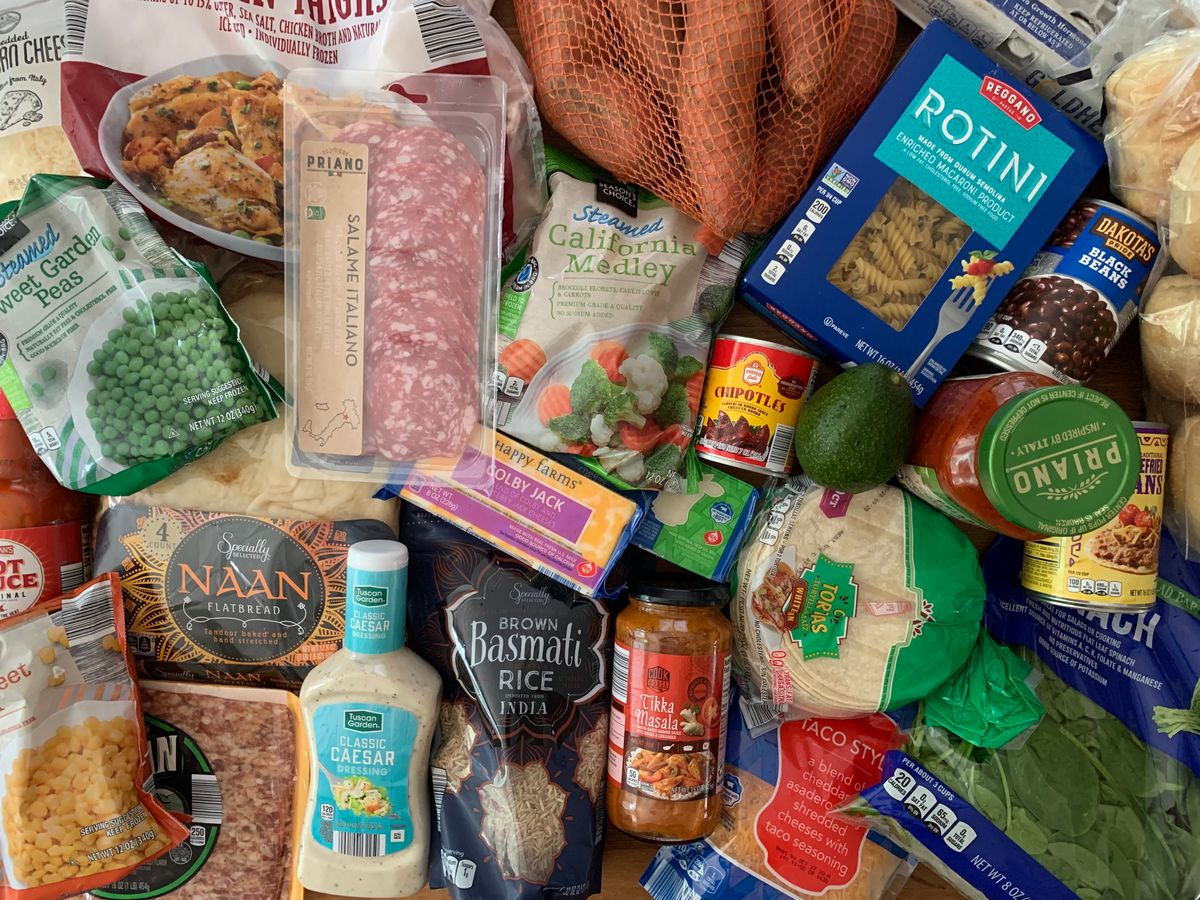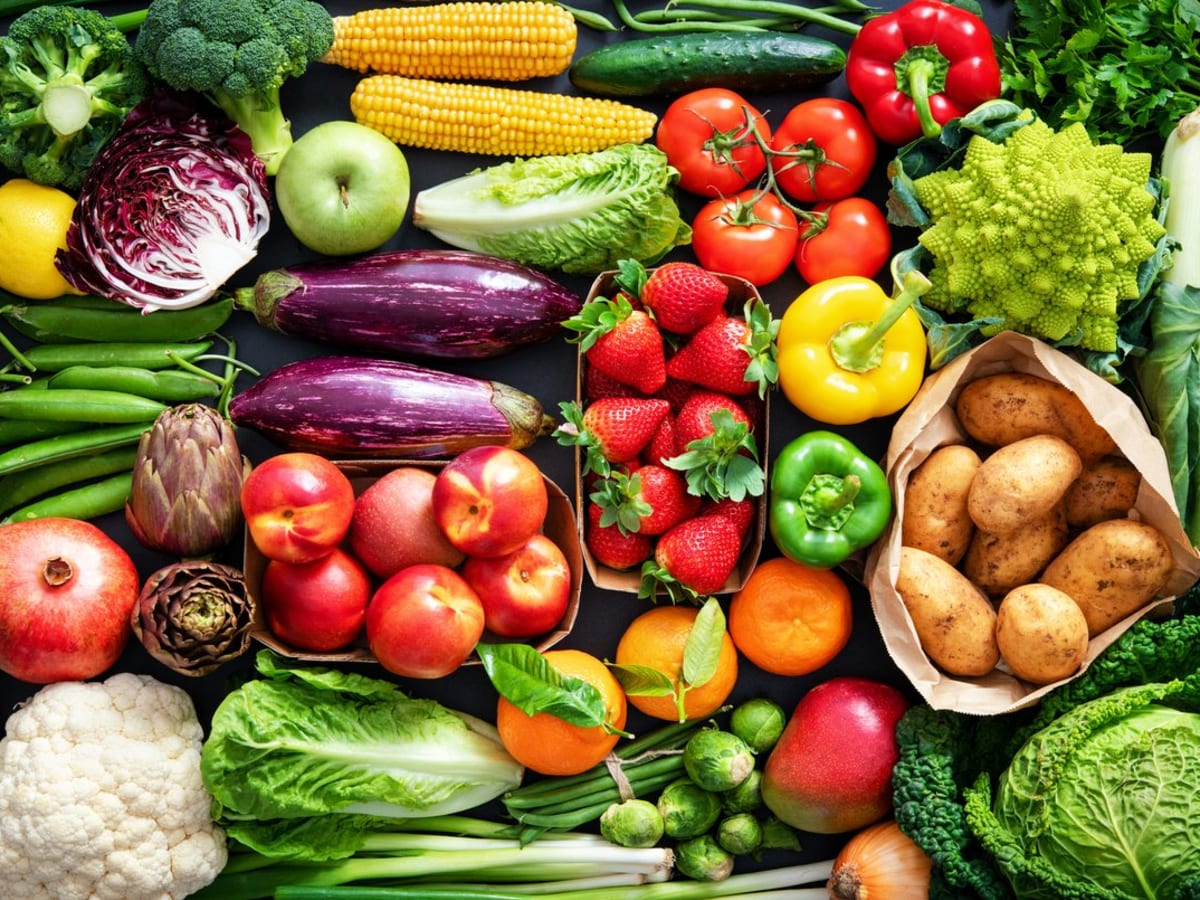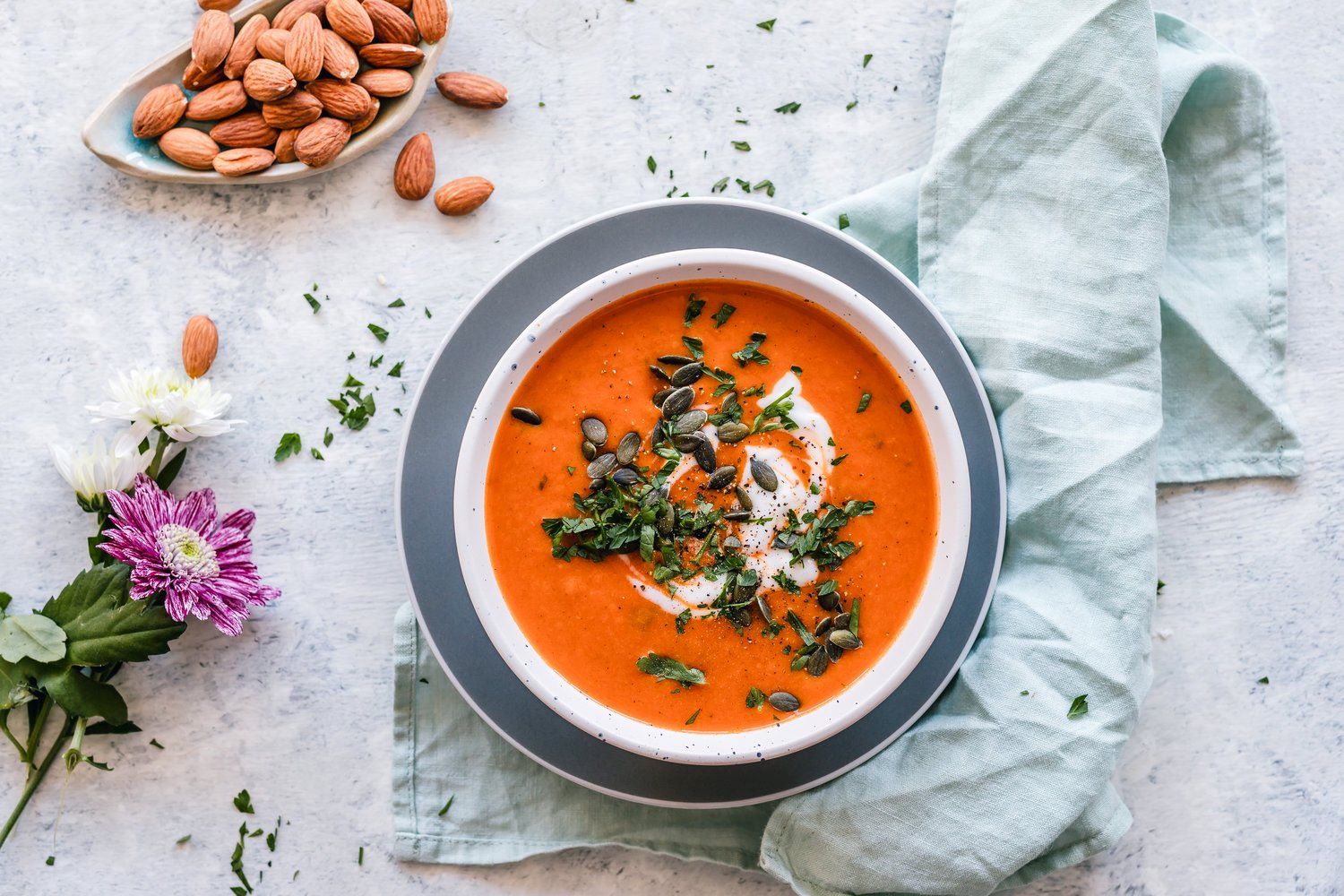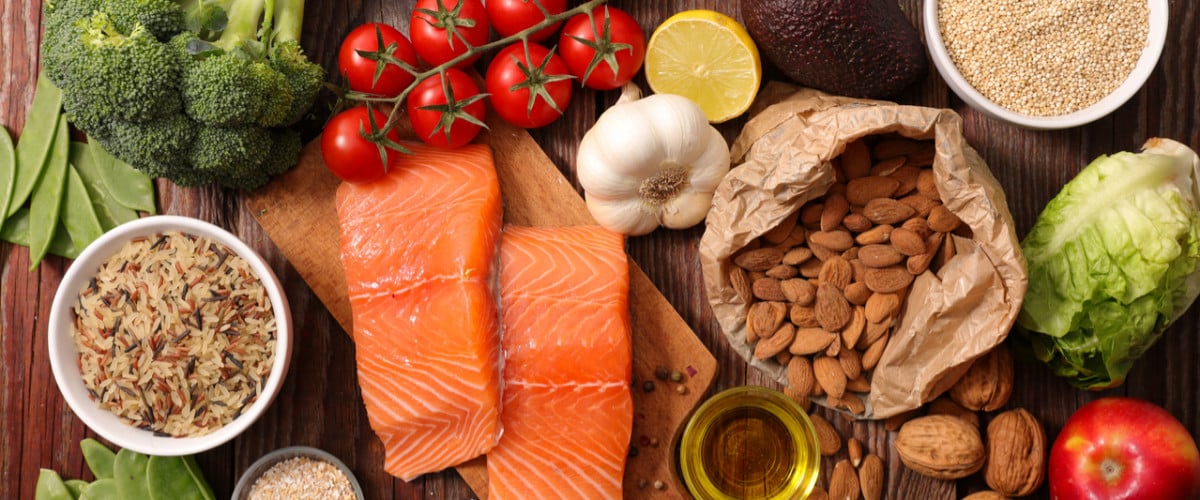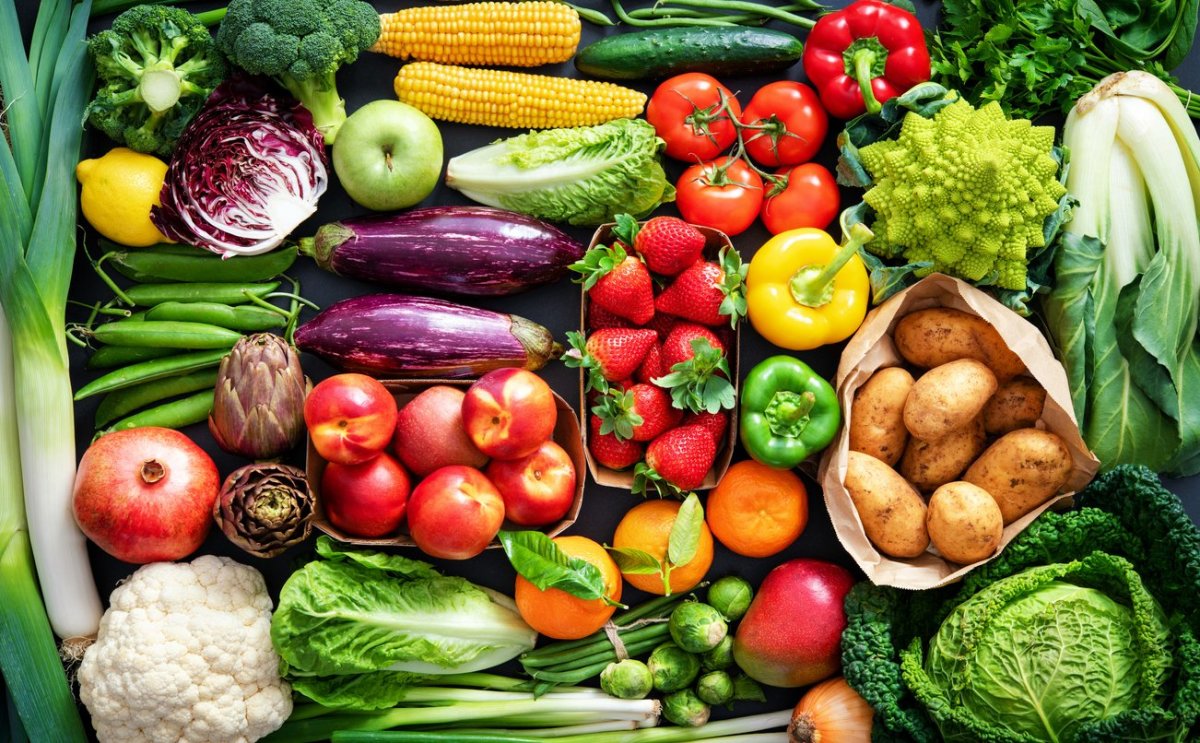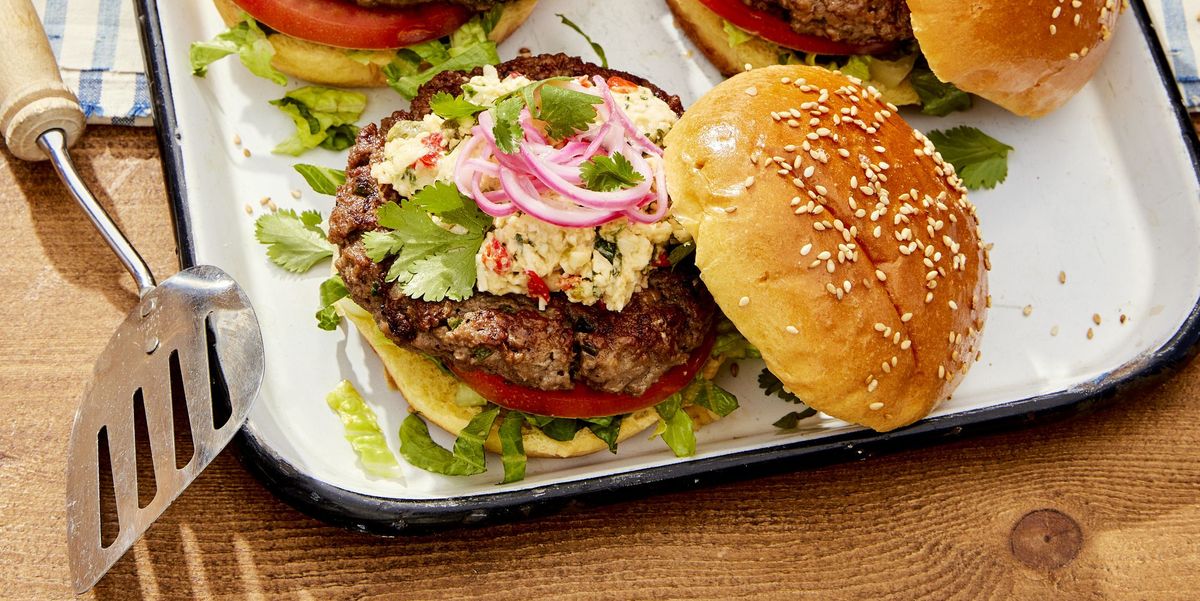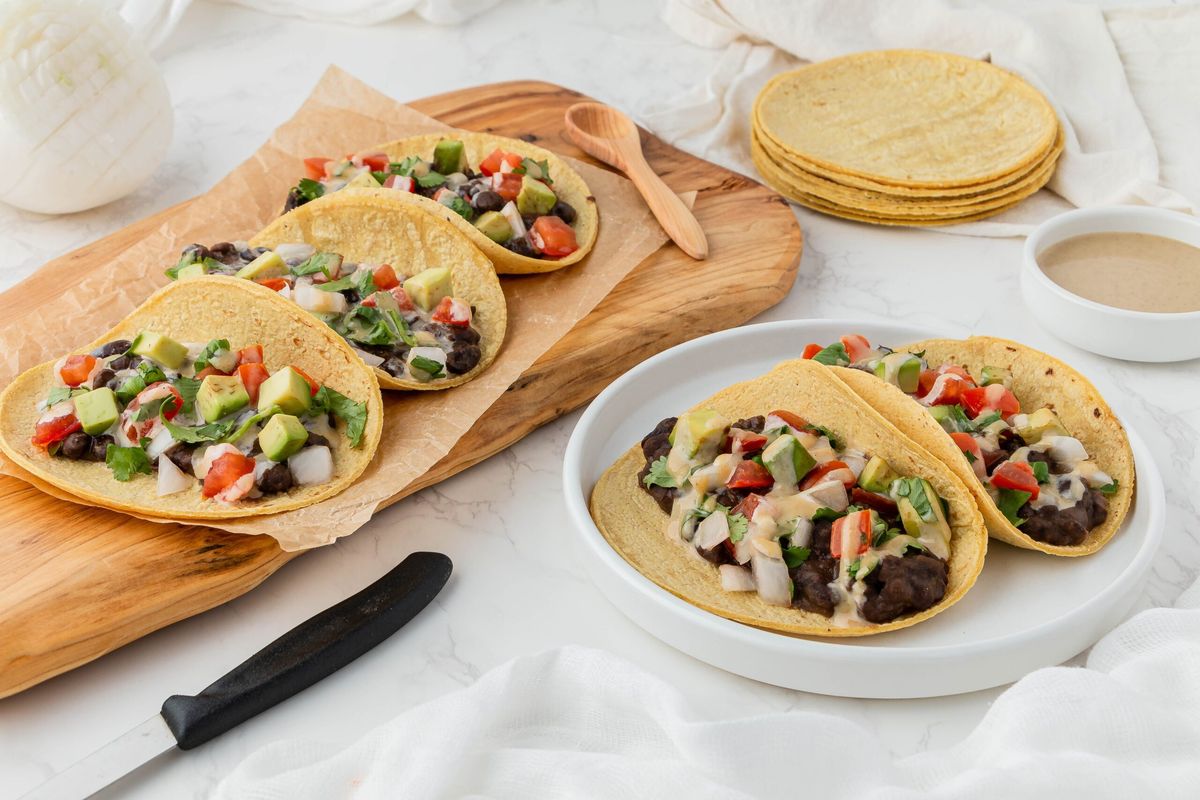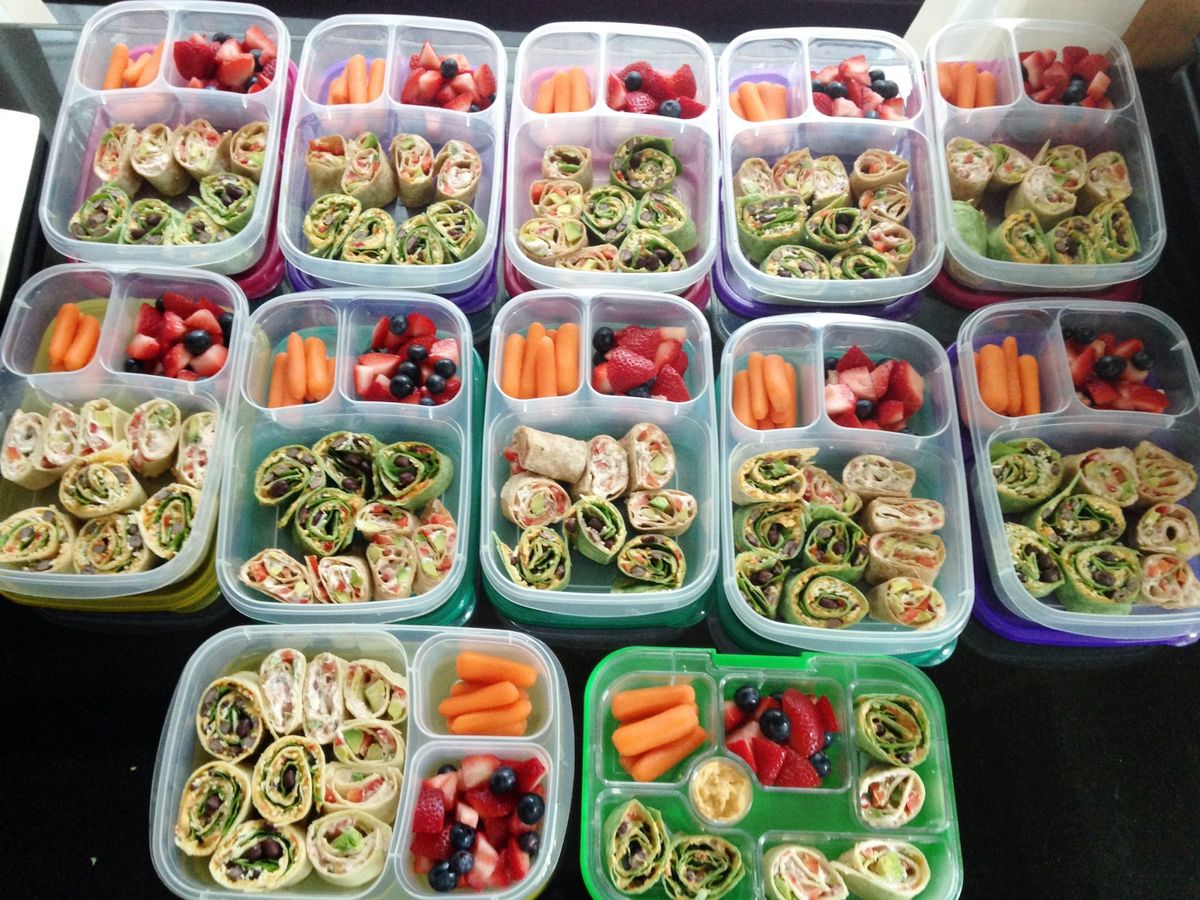Eating healthy doesn't have to break the bank. With a little planning and creativity, it's possible to enjoy nutritious meals without spending a fortune. Here are some tips for eating healthy on a budget:
Plan Your Meals
Creating a weekly meal plan is a great way to save money and reduce food waste. Before heading to the grocery store, take some time to plan out your meals for the week. Consider using ingredients that can be used in multiple dishes to minimize waste.
Buy in Bulk
Purchasing items like rice, beans, and whole grains in bulk can lead to significant cost savings. These pantry staples are versatile and can be used in a variety of healthy recipes. Look for bulk bins at your local grocery store or consider joining a wholesale club for additional savings.
Embrace Frozen Fruits and Vegetables
Frozen fruits and vegetables are often more affordable than fresh produce, and they have a longer shelf life. They are also just as nutritious as their fresh counterparts, making them a budget-friendly option for adding more fruits and veggies to your diet.
Cook at Home
Eating out at restaurants or ordering takeout can quickly add up. By cooking at home, you can control the ingredients and portion sizes while saving money. Get creative in the kitchen and try out new recipes to keep things interesting.
Shop Seasonally
Fruits and vegetables that are in season are typically more affordable and taste better. Visit your local farmers' market or look for seasonal produce at the grocery store to take advantage of the best prices.
Utilize Coupons and Sales
Keep an eye out for coupons and sales on healthy pantry staples. Many grocery stores offer digital coupons and weekly specials that can help you save money on items like whole grains, canned goods, and healthy snacks.
Limit Processed Foods
Processed and convenience foods can be expensive and often lack the nutritional value of whole foods. Focus on purchasing whole ingredients and preparing meals from scratch to stretch your budget further.
Grow Your Own Produce
If you have the space, consider starting a small garden to grow your own fruits and vegetables. This can be a cost-effective way to access fresh produce and enjoy the satisfaction of growing your own food.
Pack Your Lunch
Bringing your own lunch to work or school can save a significant amount of money over time. Prepare larger portions of dinner and pack the leftovers for lunch the next day to make the most of your meals.
Be Mindful of Portions
Overeating can lead to wasted food and unnecessary expenses. Pay attention to portion sizes and consider using smaller plates to help control how much you eat.
Conclusion
Eating healthy on a budget is achievable with some thoughtful planning and smart shopping. By incorporating these tips into your routine, you can enjoy nutritious meals without straining your finances. With a little creativity and resourcefulness, you can make healthy eating a sustainable and affordable part of your lifestyle.
